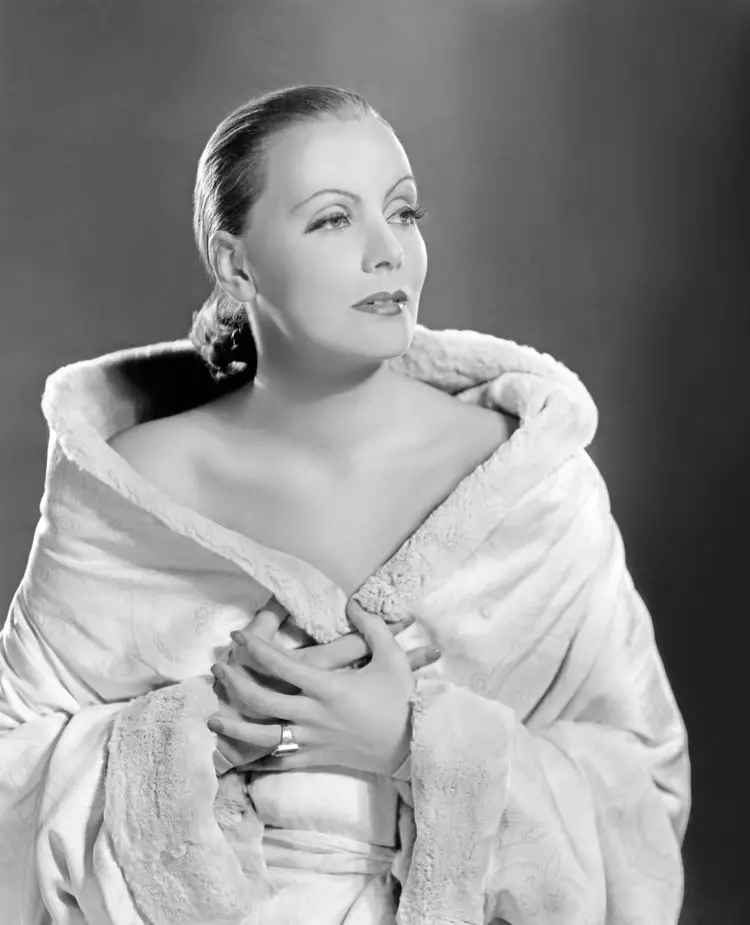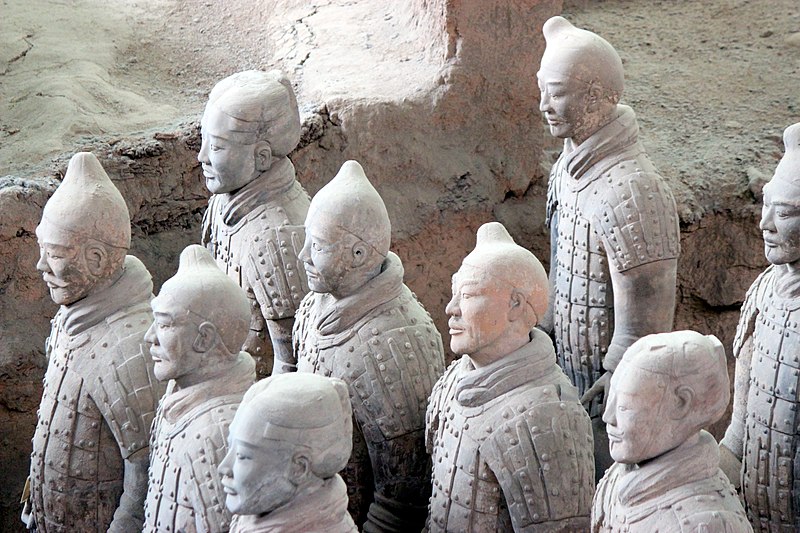Greta Garbo (1905–1990) was a Swedish-born actress who rose to prominence during Hollywood’s silent film era. Known for her captivating beauty and enigmatic presence, she successfully transitioned to talking pictures and became an iconic figure of the Golden Age of Hollywood. Garbo’s notable films include “Camille,” “Ninotchka,” and “Grand Hotel.” Her mystique and talent earned her four Academy Award nominations and a lasting legacy as one of cinema’s greatest legends.
Garbo’s early life in Stockholm laid the foundation for her future career. Raised in a working-class family, she exhibited a natural talent for acting from a young age. Her father’s death when she was 14 led her to leave school and take on various jobs, including working in a department store and modeling hats. However, it was her discovery by director Mauritz Stiller that set her on the path to stardom.
Stiller recognized Garbo’s potential and brought her to the attention of film producer Erik A. Petschler. In 1924, she made her film debut in a small role in the Swedish film “The Saga of Gosta Berling.” Although the film itself didn’t garner widespread attention, Garbo’s performance caught the eye of Louis B. Mayer, head of Metro-Goldwyn-Mayer (MGM). Mayer, impressed by her unique screen presence, invited her to Hollywood.
Greta Garbo’s arrival in Hollywood in 1925 marked the beginning of her American film career. Her first MGM film, “The Torrent” (1926), directed by Monta Bell, showcased her beauty and dramatic abilities. Despite being a silent film, Garbo’s emotive expressions and subtle acting style captivated audiences. She continued to rise to prominence with films like “The Temptress” (1926) and “Flesh and the Devil” (1927), the latter pairing her with leading man John Gilbert.
The collaboration between Garbo and John Gilbert extended beyond the screen, leading to a highly publicized romance. Their chemistry on and off-screen fueled the success of several films, and they became one of Hollywood’s most celebrated couples. However, as the silent era transitioned to sound, Gilbert’s career faced challenges, impacting their professional and personal dynamics.
The advent of sound posed a significant challenge for many silent film stars, but Garbo effortlessly made the transition. Her first talkie, “Anna Christie” (1930), was a critical and commercial success, dispelling any doubts about her ability to adapt to the new medium. Garbo’s deep, accented voice became as iconic as her silent-era performances, and her line “Give me a whiskey, ginger ale on the side, and don’t be stingy, baby” from “Anna Christie” became legendary.
Throughout the 1930s, Greta Garbo solidified her status as a Hollywood legend with a string of successful films. “Mata Hari” (1931), “Grand Hotel” (1932), and “Queen Christina” (1933) showcased her versatility and ability to portray complex, often enigmatic, characters. Her performance in “Anna Karenina” (1935) further demonstrated her dramatic prowess and earned her an Academy Award nomination for Best Actress.
Garbo’s ability to convey depth of emotion and vulnerability on screen endeared her to audiences, and her films consistently performed well at the box office. Her mysterious persona and guarded personal life only added to her allure, making her one of the most talked-about and photographed figures of her time.
Despite her success, Garbo’s later career saw a shift in the types of roles she chose. In 1939, she starred in the romantic comedy “Ninotchka,” a departure from her previous dramatic roles. The film, directed by Ernst Lubitsch, showcased Garbo’s comedic talents and was well-received by both audiences and critics. “Ninotchka” marked a new phase in her career, demonstrating her ability to excel in various genres.
As the 1940s progressed, Garbo continued to choose roles selectively. Her final film, “Two-Faced Woman” (1941), marked the end of her acting career at the age of 35. The film, a romantic comedy directed by George Cukor, received mixed reviews, and Garbo decided to retire from the screen, leaving behind a legacy of 24 films.
Greta Garbo’s decision to retire from acting at the height of her career added to the mystique surrounding her. Her withdrawal from public life and the entertainment industry only deepened the fascination with the elusive star. Garbo’s desire for privacy and her reluctance to engage with the media contributed to the development of the “Garbo mystique,” turning her into a mythical figure in the eyes of the public.
After her retirement, Garbo lived a private life, mostly residing in New York City. She shunned the spotlight, rarely granting interviews or making public appearances. Her reclusive nature fueled speculation about her personal life, contributing to the enduring mystery that surrounded her.
In the 1950s, Garbo briefly considered a return to acting but ultimately chose to remain retired. Her focus shifted to her personal interests, including art and collecting. Garbo continued to be a prominent figure in New York’s social scene, maintaining friendships with artists, intellectuals, and other public figures.
Greta Garbo’s impact on the world of cinema was recognized with an honorary Academy Award in 1954 for her “unforgettable screen performances.” The award acknowledged her contributions to the art of acting and her lasting influence on Hollywood. Despite her absence from the screen, Garbo’s legacy remained intact, and her films continued to be celebrated by new generations of film enthusiasts.
Greta Garbo lived the remainder of her life in relative seclusion. She passed away on April 15, 1990, at the age of 84, in New York City. Her death marked the end of an era, but her legacy as a screen legend endured. Garbo’s influence extended beyond her on-screen performances; her mystique and the fascination she generated became an integral part of her legacy.
In reflecting on Greta Garbo’s life, one cannot escape the enduring allure of her performances and the enigma that surrounded her. Her impact on Hollywood transcended the characters she portrayed, as she became a symbol of elegance, sophistication, and the magic of the silver screen. Garbo’s ability to convey deep emotions and complexity through her acting made her a true artist, and her legacy continues to resonate in the annals of cinematic history.










